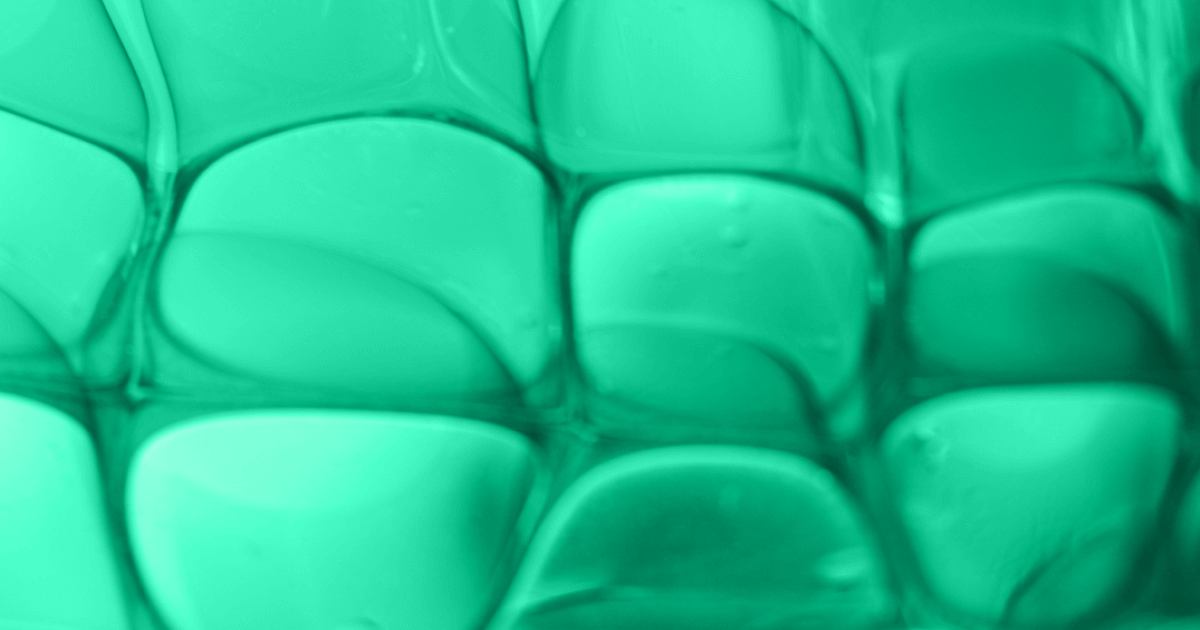October 17, 2023
The digital era is witnessing a paradigm shift in healthcare with the integration of the Internet of Medical Things (IoMT). This burgeoning sector of the IoT market is on track to be valued at a whopping $176 billion by 2026.
For the effective deployment and safeguarding of healthcare IoT tools, it’s essential to comprehend the vast applications of IoMT. Though the majority might associate IoT in healthcare with remote monitoring of patients, the realm stretches beyond that.
Here’s a dive into 10 transformative applications of IoT in healthcare.
Digital Health Monitoring Systems
IoT solutions are creating waves in the healthcare landscape, allowing professionals and patients to seamlessly track health parameters. This leads to enhanced patient outcomes and poses a set of new opportunities and hurdles.
Digital Remote Patient Observation
The most widespread use of medical IoT is in remote patient monitoring. These devices autonomously gather vital stats such as temperature, pulse, and more, providing professionals insights without needing the patient on-site. As the data gets channelled to dedicated software, it gets processed for potential treatments or alerts. However, data privacy remains a concern, given the sensitive nature of the information.
IoT-Driven Glucose Tracking
Traditional glucose tracking has been cumbersome for the 30 million-plus diabetics in the U.S. Medical IoT devices offer a game-changer, presenting continuous glucose monitoring. Key challenges include device size and power consumption, but these hurdles are being actively addressed.
Digital Pulse Monitoring
Tracking heartbeats has always posed challenges, with the traditional methods being restrictive. Modern IoT solutions now offer the liberty of movement while ensuring near-accurate heartbeat data.
IoT-Enhanced Hand Cleanliness
In the bid to combat infections, IoT tools now prompt healthcare staff and patients about proper hand sanitisation, with studies indicating a potential 60% reduction in hospital infection rates.
Digital Mood Surveillance
Medical IoT devices capable of “mood detection” analyse physiological metrics to gauge the mental well-being of patients. While the accuracy isn’t foolproof, it’s a stride ahead of conventional methods.
Parkinson’s Symptom Monitoring
For optimal treatment of Parkinson’s, understanding symptom fluctuations is crucial. IoT devices offer continuous symptom tracking, letting patients enjoy normalcy in their homes.
Innovative IoMT Solutions
Beyond wearables, medical IoT also ventures into therapeutic domains, with some even becoming part of the human anatomy.
IoT-Compatible Inhalers
A boon for respiratory disorder patients, connected inhalers keep track of attack patterns and even environmental triggers, enhancing treatment precision.
Swallowable IoT Sensors
Ingestible sensors revolutionise internal diagnostics by providing insights without invasive methods, like understanding stomach PH or locating internal bleed sources.
IoT-Infused Contact Lenses
The potential of smart lenses spans from health data collection to snapping images with a blink. Tech giants like Google have already jumped on this innovation train.
IoT-aided Robotic Surgeries
IoT-powered miniature robots are making surgical procedures less invasive, with quicker recovery times for patients. Their precision and reliability underscore the potential of IoT in surgical realms.
In the age of digital health, understanding and embracing these medical IoT applications can redefine the quality and accessibility of healthcare services. As we continue to integrate these tools, data privacy and security remain paramount, ensuring the best outcomes for both healthcare providers and patients alike.
As the healthcare landscape rapidly embraces the potential of the Internet of Medical Things (IoMT), the need for informed and innovative leadership has never been greater. With our deep expertise in executive search, especially within medtech and advanced technology sectors, we’re well-equipped to connect organisations with the visionary leaders they need. For more insights, visit our services page. To discuss your unique needs, don’t hesitate to contact us.

Published on 17-10-2023


